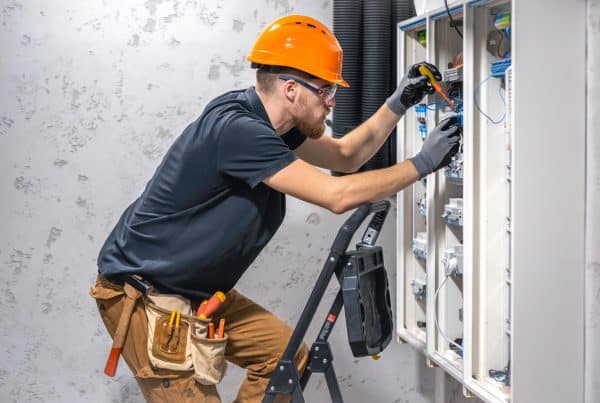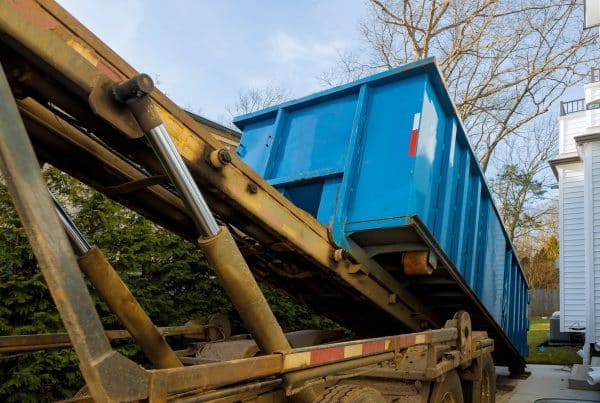As our loved ones age, the comfort and safety of their living spaces become increasingly essential. The concept of “aging in place” refers to seniors living independently in their homes for as long as possible. To facilitate this, homes often require modifications or additions to cater to the unique needs of the elderly.
One such transformative solution is the dormer loft conversion, which, when tailored correctly, can create accessible spaces without compromising the integrity of the home’s original design. This article offers insights into how to make homes more accommodating for seniors:
1. Consider a Dormer Loft Conversion:
For families living in multi-level homes, climbing stairs can become a challenge for seniors. A dormer loft conversion can repurpose the top floor to provide a comfortable and accessible living space, close to ground level, reducing the need to navigate multiple flights daily.
2. Install Grab Bars:
Strategically place grab bars in bathrooms, especially near the toilet and shower, to assist in balance and prevent falls.
3. Opt for Non-Slip Flooring:
Minimize the risk of slips by choosing non-slip tiles for bathrooms, kitchens, and entrance areas. Additionally, remove any loose rugs or secure them with anti-slip pads.
4. Increase Lighting:
Enhanced lighting, especially in hallways, staircases, and task areas, can aid those with diminishing eyesight. Ensure light switches are easily accessible at both the top and bottom of stairs.
5. Widen Doorways:
For seniors using walkers or wheelchairs, standard doorways can be restrictive. Consider widening them to at least 32 inches to allow for comfortable passage.
6. Install a Stair Lift:
If the primary living spaces are still on higher floors and a dormer loft conversion isn’t feasible, consider installing a stairlift to ensure safe mobility between levels.
7. Rethink Bathroom Design:
Walk-in showers, raised toilets, and lever-handled faucets can make bathrooms more senior-friendly. A bench within the shower is also a thoughtful addition.
8. Adjust Kitchen Amenities:
Place frequently used items on lower shelves and consider installing a pull-out pantry. Opt for lever handles rather than knobs on faucets.
9. Eliminate Thresholds:
Try to keep floors level between rooms, reducing the risk of tripping. If thresholds are necessary, ensure they’re brightly colored or distinctly marked.
10. Maintain Outdoor Areas:
Ensure walkways are smooth and free from obstructions. Consider installing ramps at entrances if stairs are a challenge.
Aging is a natural part of life, and our homes should evolve to accommodate our changing needs. Whether through significant modifications like a dormer loft conversion or smaller adjustments like enhanced lighting, these improvements ensure that our senior loved ones can live independently, comfortably, and safely in their cherished spaces.








